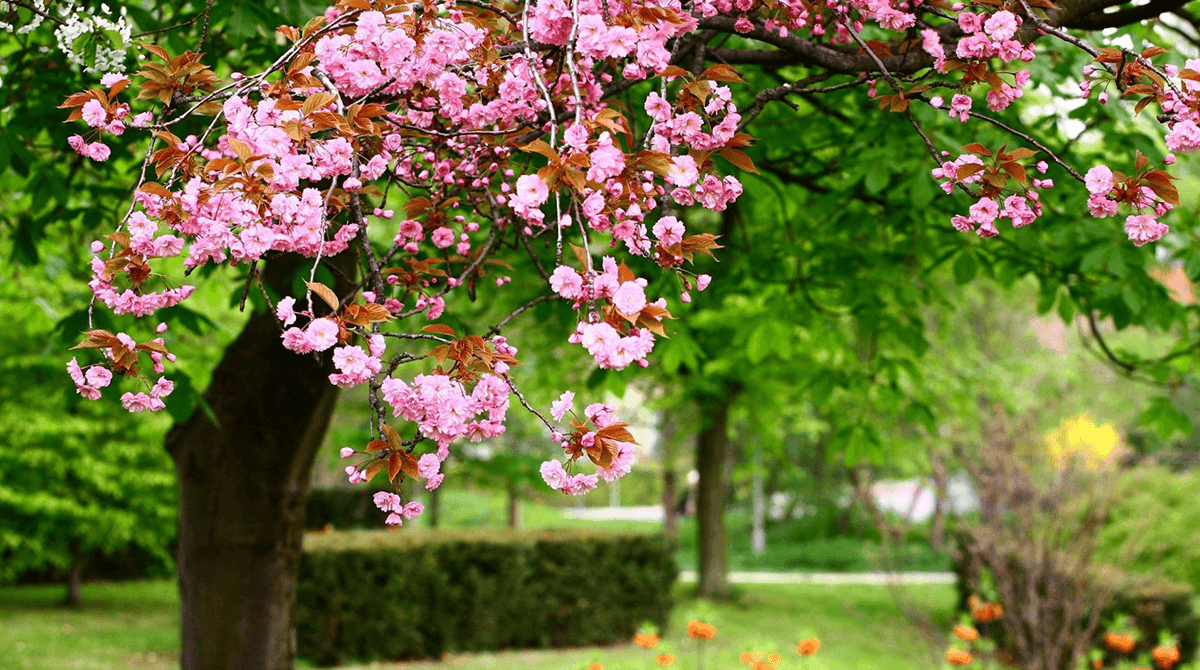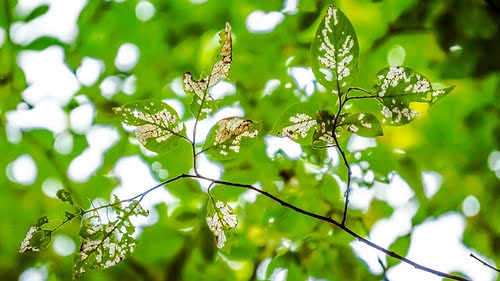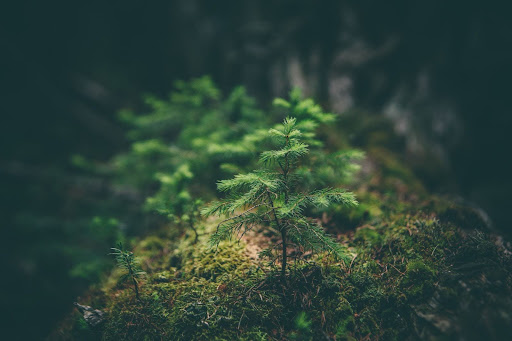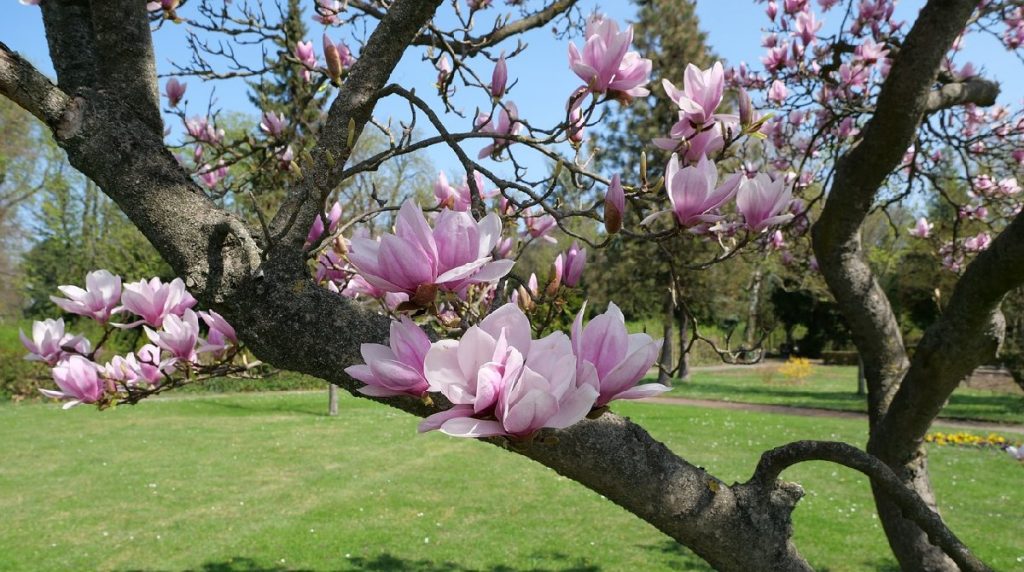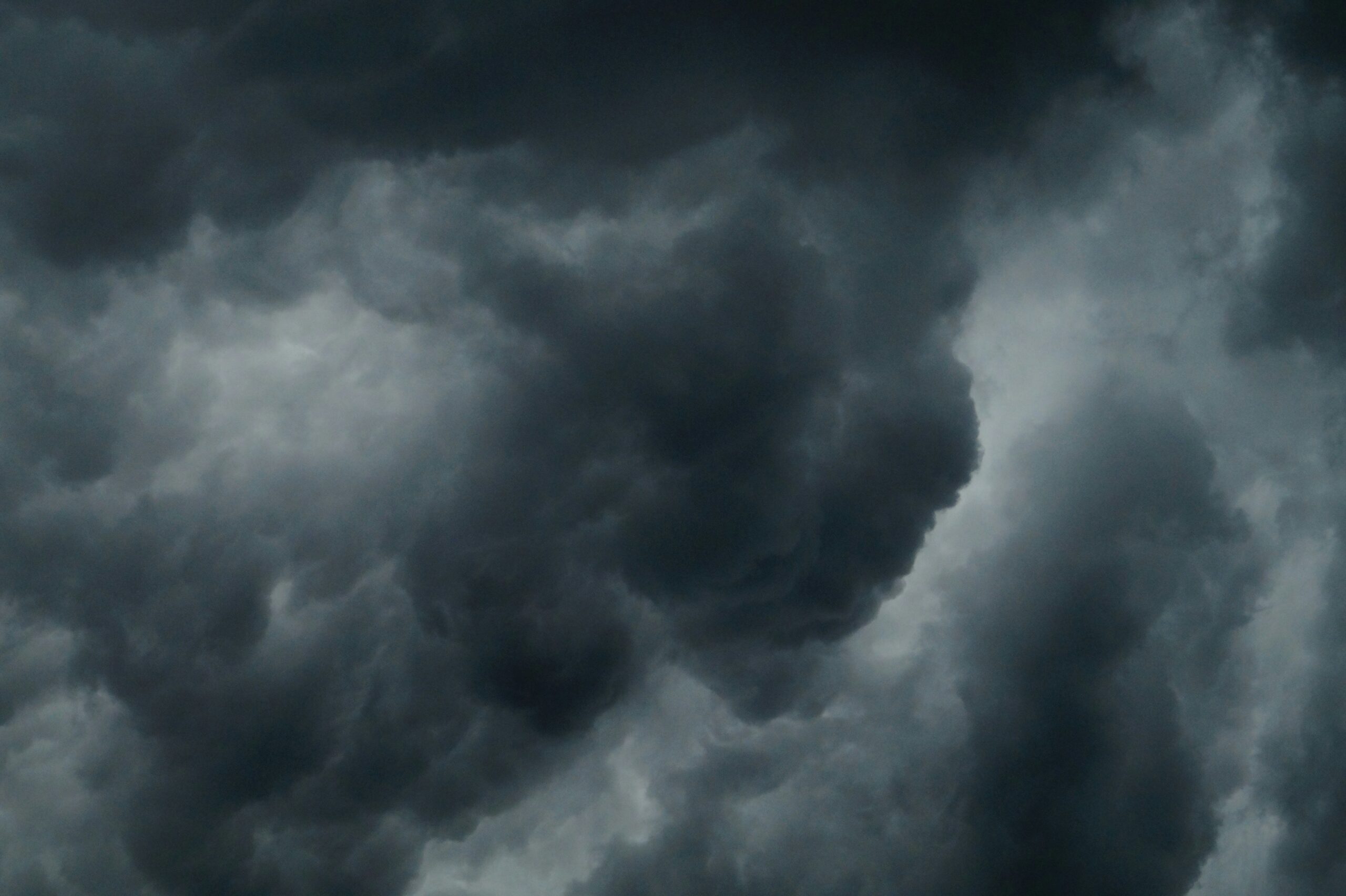
Date July 25, 2025
Category
North Texas is no stranger to severe weather. From sudden thunderstorms and hailstorms to high winds and even the occasional tornado, Dallas residents know how quickly a beautiful landscape can be turned upside down. One of the most vulnerable parts of any property during a storm is its trees. While healthy trees add beauty, shade, and value to your property, damaged ones can pose serious risks to safety and structures.
That’s why post-storm tree care isn’t just about cleanup—it’s about protecting your property, preventing future issues, and making informed decisions. In this guide, we’ll walk you through how to assess storm-damaged trees, when to call an arborist, and what recovery steps you should take. If you’re looking for expert help with post-storm tree care in Dallas, TreeNewal is here for you.
Why Post-Storm Tree Assessment Matters

After a storm passes, it’s easy to focus on what’s most visible: broken branches scattered in your yard or a downed tree. But many of the most dangerous tree issues aren’t obvious at first glance.
Damaged trees can:
- Fall days or weeks after a storm
- Cause injury or property damage
- Harbor pests or disease in weakened limbs
- Become structurally unstable over time
Conducting a storm damage tree assessment is essential for ensuring safety and protecting your landscape investment. Whether you notice visible damage or not, it’s always wise to inspect your trees carefully—or better yet, have a certified arborist do it for you.
Common Signs of Tree Damage After a Storm
Not all tree damage is dramatic. Even seemingly minor issues can signal deeper problems. Here are some of the most common signs of post-storm tree damage:
Visible Signs:
- Broken or hanging limbs: These can fall at any moment and should be addressed immediately.
- Splintered branches or bark: Indicates internal stress or impact damage.
- Leaning trees: A sudden lean, even a few degrees, may mean root instability.
- Uprooted trees: Trees partially or fully lifted from the soil often cannot recover.
Hidden Damage:
- Cracks or splits in the trunk: Even small cracks can compromise the tree’s structure.
- Mounded soil near the base: Suggests the tree has shifted and may soon fall.
- Fungal growth or sap leaks: These can point to internal damage or decay made worse by the storm.
- Root flare irregularities: If the root flare (where trunk meets roots) appears sunken or distorted, it may mean subsurface issues that compromise tree anchoring.
- Unusual leaf drop or wilting: This might indicate root damage or stress that’s not visible above ground.
The longer you wait to address these signs, the greater the risks. Scheduling a tree hazard evaluation allows TreeNewal’s team to spot problems early and recommend cost-effective, safety-first solutions.
When to Call a Certified Arborist vs. DIY Cleanup
It’s natural to want to tidy up after a storm, but safety comes first. So how do you know what’s safe to do yourself and when to call in a pro?
Safe DIY Tasks:
- Picking up fallen twigs and small limbs
- Light pruning of small branches (under 2” diameter)
- Raking and debris removal
Call an Arborist If:
- Branches are hanging overhead or near power lines
- The tree has visible cracks, splits, or a lean
- You suspect root damage or internal decay
- You’re unsure whether the tree can be saved
TreeNewal provides emergency tree services in Dallas, meaning we’re ready when you need urgent, expert assistance after a storm. Our team uses the latest equipment and techniques to manage dangerous situations safely and efficiently. Most importantly, we’re licensed and insured, ensuring your property and liability are protected.
Emergency Tree Removal vs. Tree Preservation
One of the most common questions after a storm is: Can this tree be saved?
The answer depends on:
- The species and age of the tree
- How much of the canopy or trunk is damaged
- The tree’s proximity to homes, fences, or other assets
- Root zone integrity and soil conditions
Tree Preservation
Preservation is possible if:
- The tree has lost less than 25% of its canopy
- There’s no damage to the central trunk or major limbs
- Roots remain well-anchored and undisturbed
- The tree doesn’t pose an immediate hazard to people or property
When these criteria are met, recovery is a matter of expert pruning, support (such as cabling), and attentive care over time.
Tree Removal
Removal becomes necessary if:
- The trunk is split or partially shattered
- The tree leans significantly or is uprooted
- Roots are severed or destabilized
- Major limbs are cracked and beyond repair
TreeNewal always takes a preservation-first approach, but when removal is the safest path, we make sure it’s done swiftly, safely, and in accordance with all Dallas municipal codes.
Preventative Measures to Minimize Future Storm Damage
While you can’t prevent storms, you can prepare your trees. Taking preventative steps now can reduce the chance of costly or dangerous damage later.
Tree Pruning
Strategic pruning reduces wind resistance, removes weak limbs, and improves structure. Focus on:
- Removing dead or crossing branches
- Reducing canopy density in large trees
- Correcting poor branch angles or co-dominant stems
TreeNewal offers seasonal pruning services tailored for Dallas’s climate and tree species, reducing the likelihood of storm damage.
Cabling and Bracing
For trees with vulnerable limb unions or heavy horizontal branches, support systems can prevent breakage during high winds.
Soil and Root Care
Healthy roots = stable trees. Mulching, deep root fertilization, and proper watering strengthen your trees’ foundation.
Pre-Storm Inspections
Before storm season starts, TreeNewal can evaluate your property’s trees and identify high-risk conditions. Preventative assessments are especially important for commercial properties, HOAs, or homes with older legacy trees.
Choose the Right Trees
When planting, select species known for wind resistance and adaptability to the North Texas climate. Some of the best options include:
- Live Oak
- Cedar Elm
- Chinese Pistache
- Shumard Red Oak
TreeNewal’s arborists can guide you in choosing and planting trees that grow strong—and stay strong.
Insurance Claims and Documentation Tips
Storm damage is often covered under homeowners insurance, but getting a fair payout requires proper documentation. TreeNewal can help simplify the process.
What to Do:
- Take photos of all damage from multiple angles
- Note dates and times of the storm and discovery of damage
- Request a written evaluation from a certified arborist (we provide detailed reports)
- Get quotes for removal or recovery services for your claim
TreeNewal works directly with homeowners and insurance adjusters to validate damage and ensure you have what you need to file successfully. Our reports are detailed, professionally formatted, and accepted by most major carriers.
Why Choose TreeNewal for Post-Storm Tree Care in Dallas?
When a storm hits, you need a team you can trust to act fast, work safely, and give you honest advice. Here’s what sets TreeNewal apart:
- ISA Certified Arborists with years of experience in Dallas tree care
- Emergency response availability for urgent removals and assessments
- Environmentally responsible practices focused on preservation
- Comprehensive services, including pruning, bracing, soil care, and removals
- Locally owned and operated since 2017
- Highly rated by customers on Google and other platforms
- Trusted by HOAs, builders, and property managers throughout DFW
We’re not just tree experts—we’re your neighbors, and we’re here to help you rebuild and restore your landscape.
Final Thoughts: Don’t Wait to Act
If your property was affected by a recent storm, now is the time to act. Waiting can turn minor damage into major problems. Whether you need a full tree removal, a professional evaluation, or just advice on what to do next, TreeNewal is here to help.
Call to Action
Schedule your post-storm tree assessment today with TreeNewal.
Contact us at (817) 329-2450 or visit www.treenewal.com to get expert help from Dallas’ trusted tree care professionals.
Let’s make your trees—and your property—safe, strong, and beautiful again.
